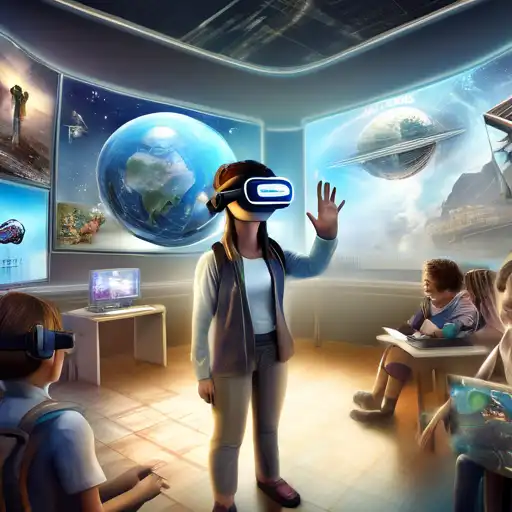Introduction to Virtual Reality in Education
Virtual Reality (VR) is rapidly transforming the educational landscape, offering immersive learning experiences that were once unimaginable. This technology enables students to explore ancient civilizations, dissect virtual frogs, or even walk on the moon, all from the safety of their classroom. The potential of VR in education is limitless, providing a dynamic and interactive way to engage students.
The Benefits of Virtual Reality in Learning
VR in education offers numerous benefits, including enhanced engagement, improved retention rates, and the ability to simulate real-world scenarios. Here are some key advantages:
- Engagement: VR captivates students' attention like no other medium, making learning fun and interactive.
- Retention: Studies show that immersive learning can significantly improve memory retention.
- Accessibility: VR makes inaccessible experiences accessible, breaking down geographical and physical barriers.
Implementing VR in the Classroom
Integrating VR into educational settings requires careful planning and consideration. Schools and educators must assess the technological requirements, curriculum alignment, and training needs to ensure successful implementation. Here are some steps to get started:
- Evaluate the educational goals and how VR can enhance them.
- Invest in the necessary hardware and software, such as VR headsets and educational content.
- Train educators on how to effectively use VR technology in their teaching.
Challenges and Considerations
While VR offers exciting opportunities, there are challenges to consider, including cost, accessibility, and the need for high-quality educational content. Addressing these issues is crucial for the widespread adoption of VR in education.
The Future of VR in Education
The future of VR in education is bright, with advancements in technology making it more accessible and affordable. As VR continues to evolve, it will play an increasingly significant role in shaping the future of learning and teaching.
For more insights on innovative learning technologies, explore our EdTech Trends section.
